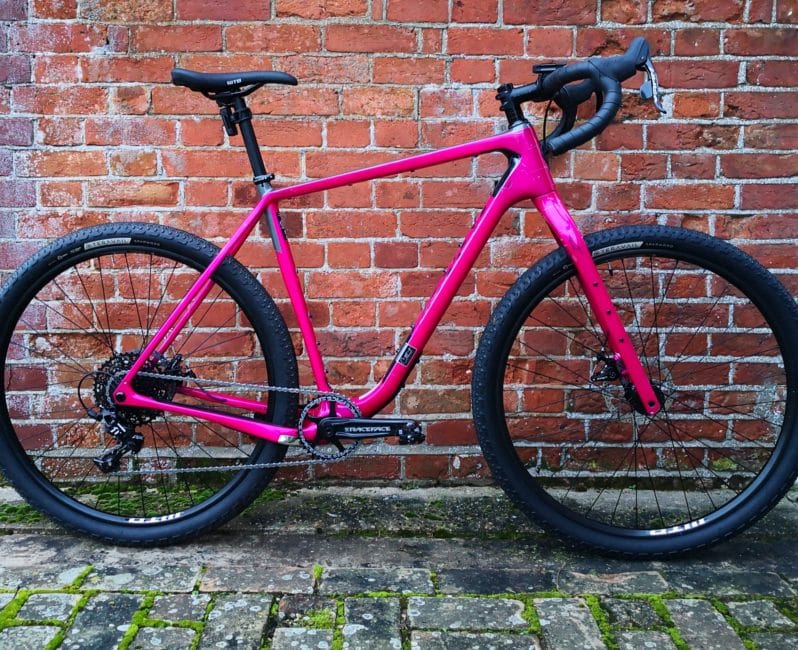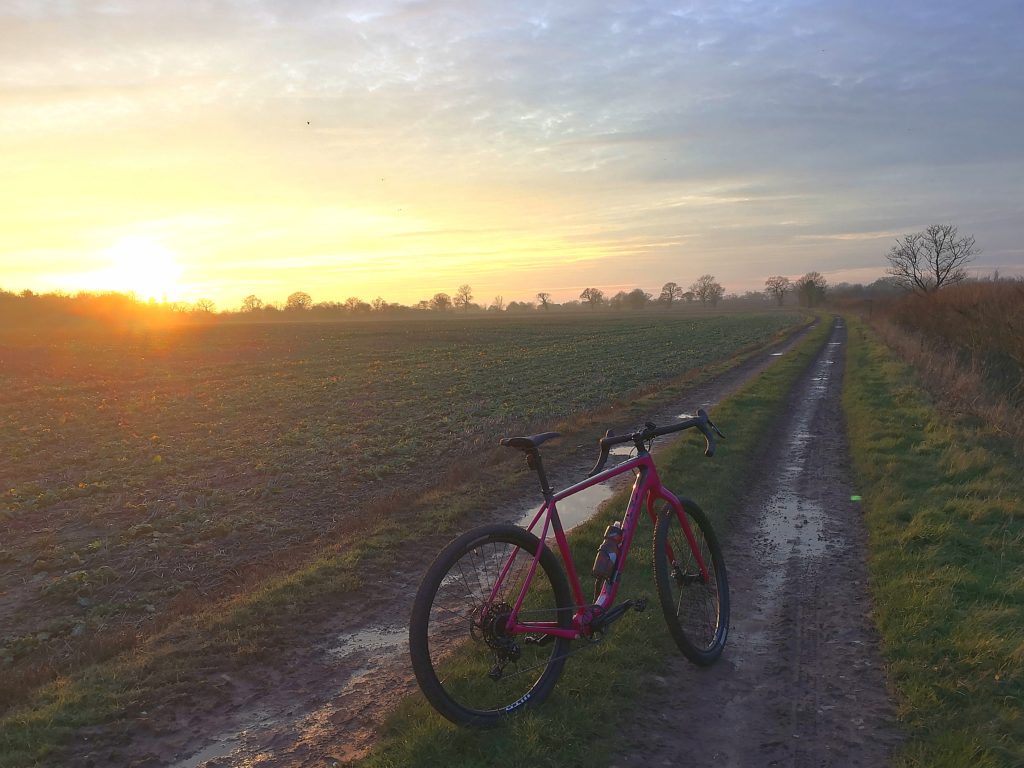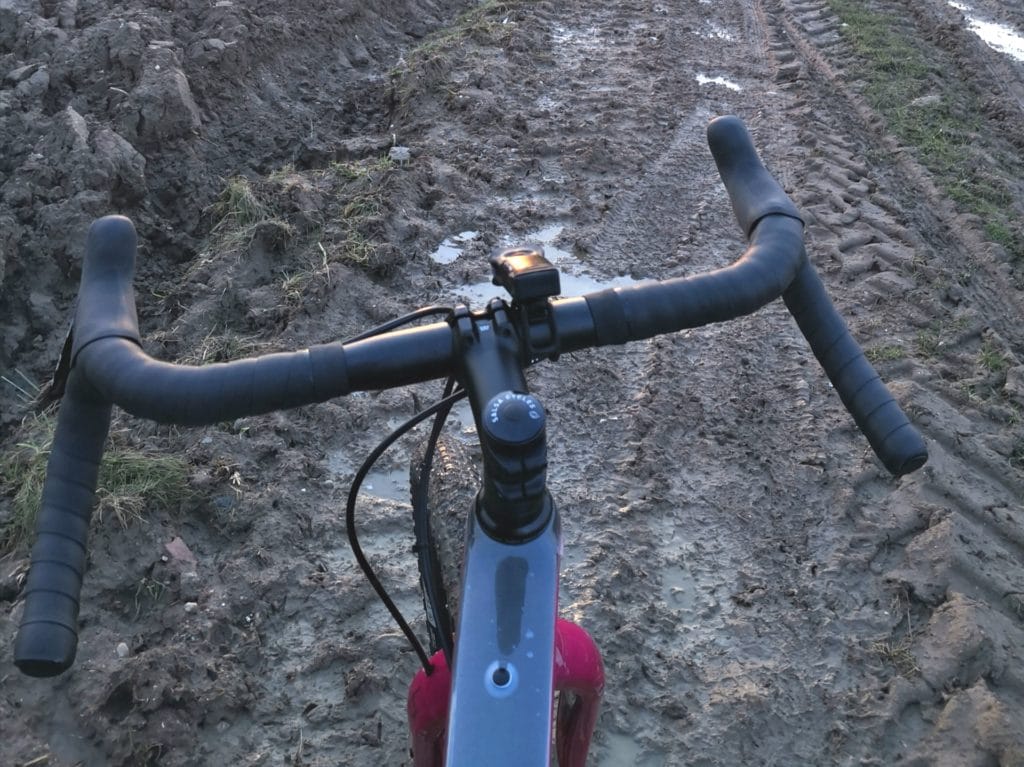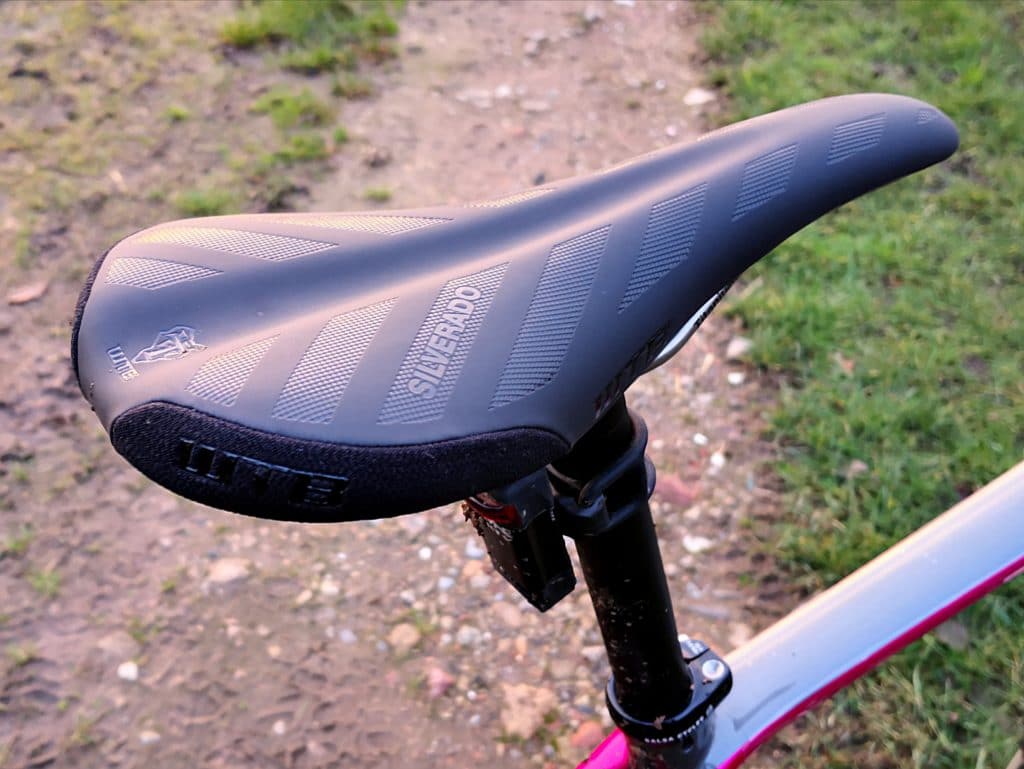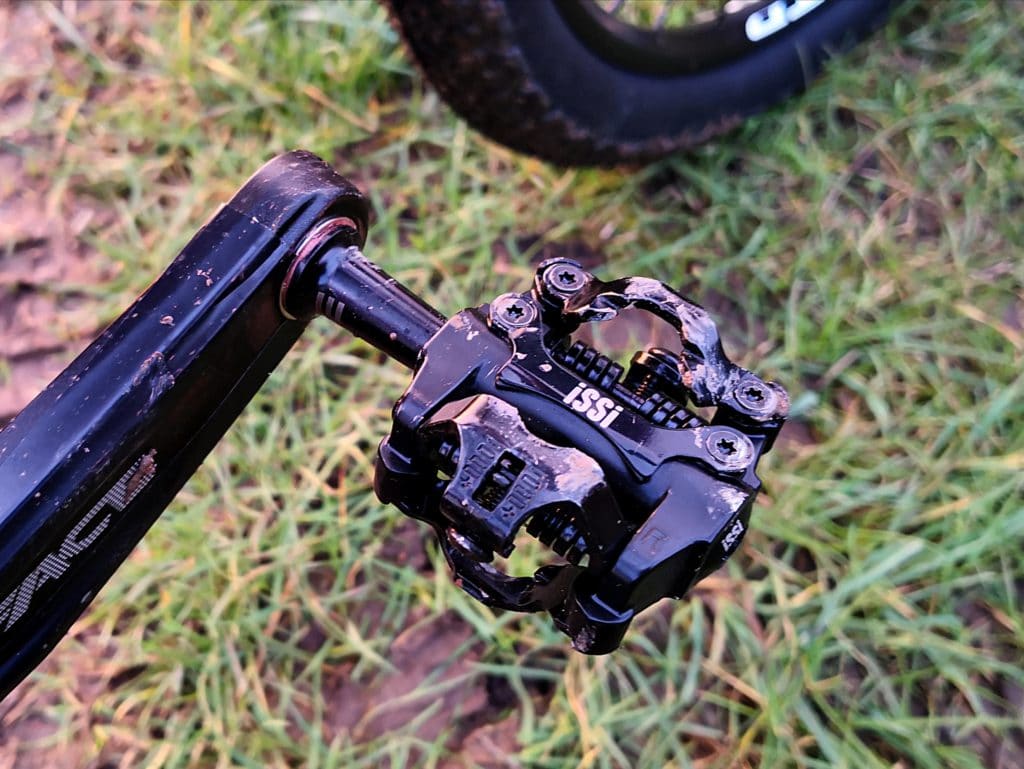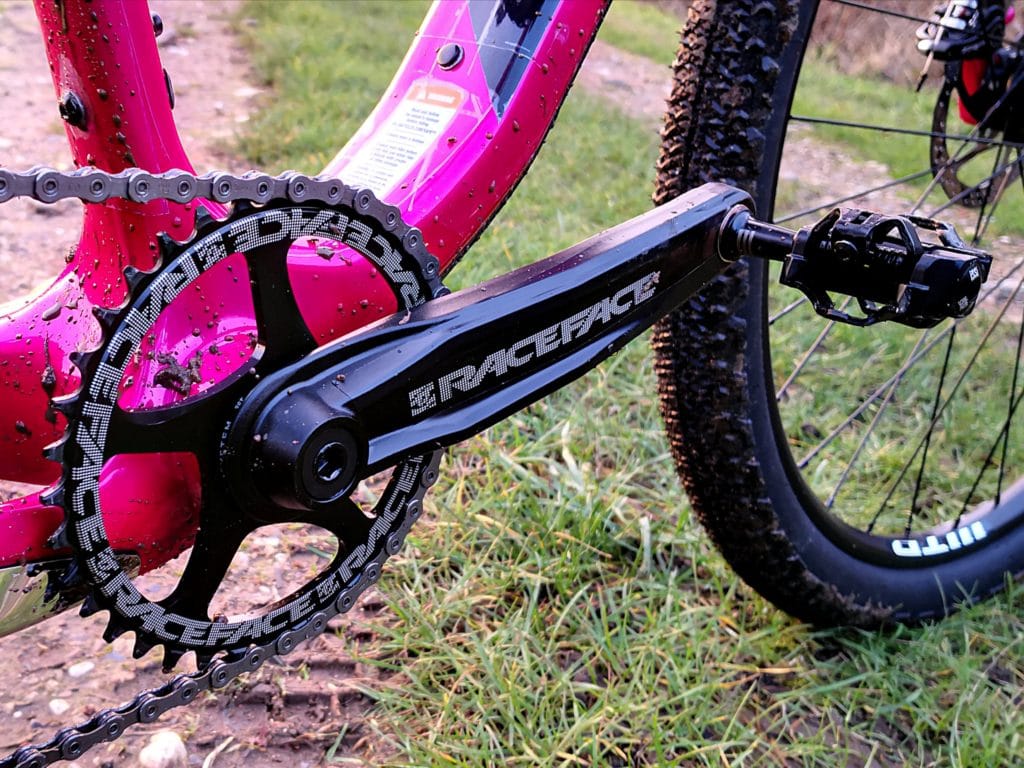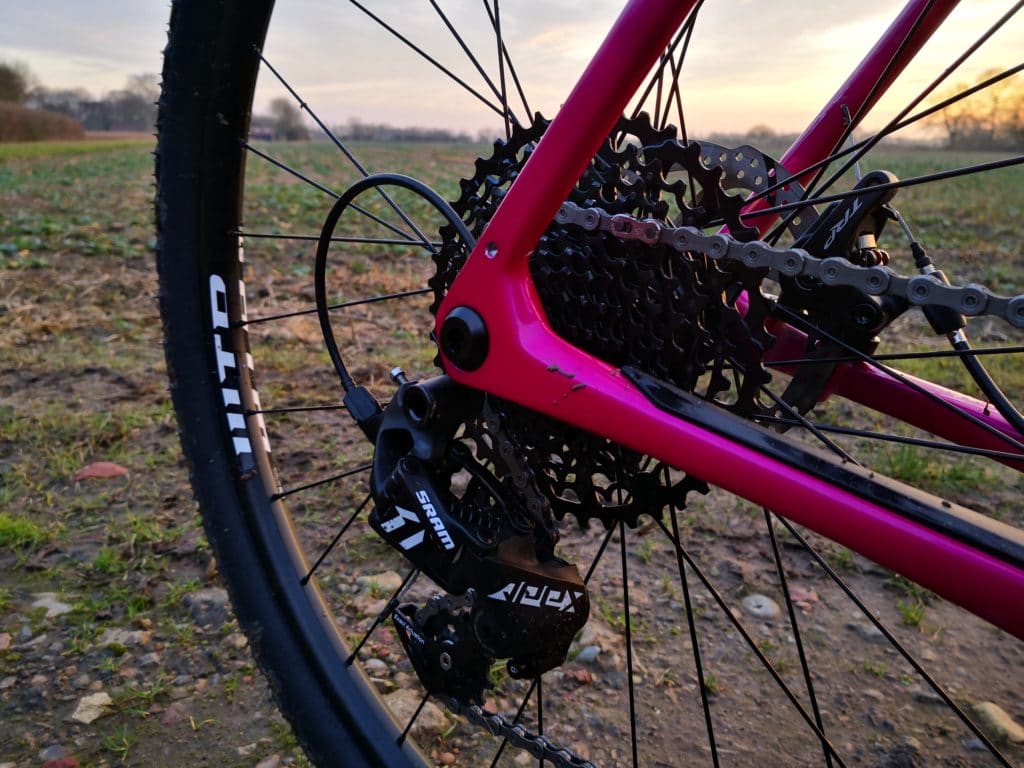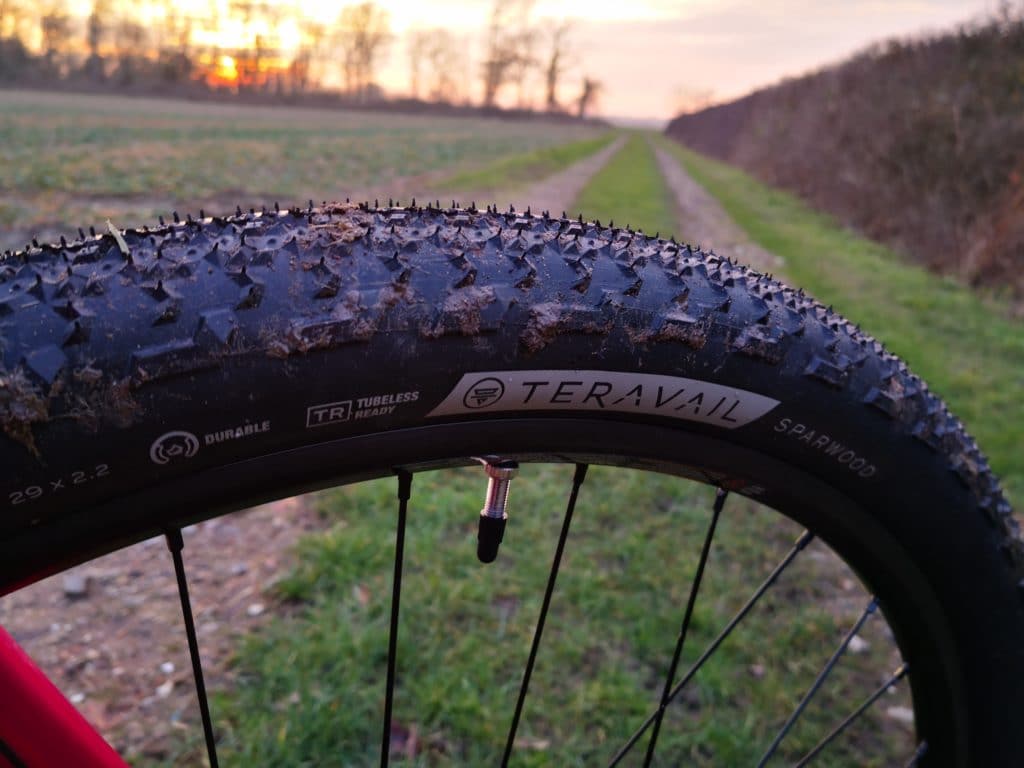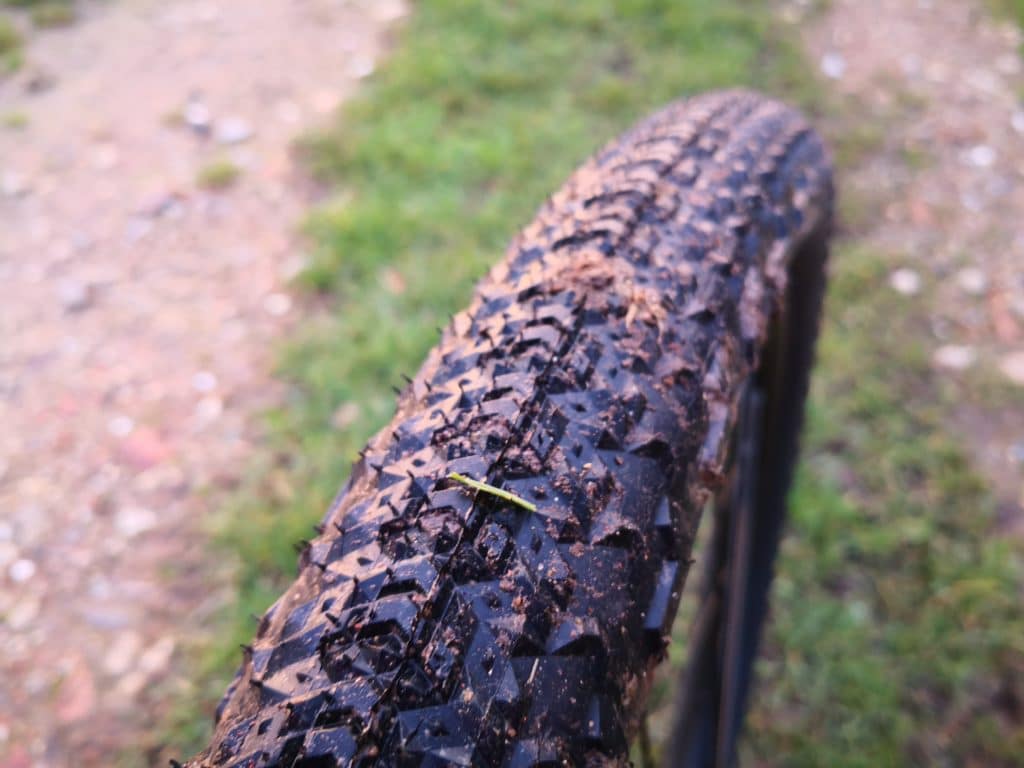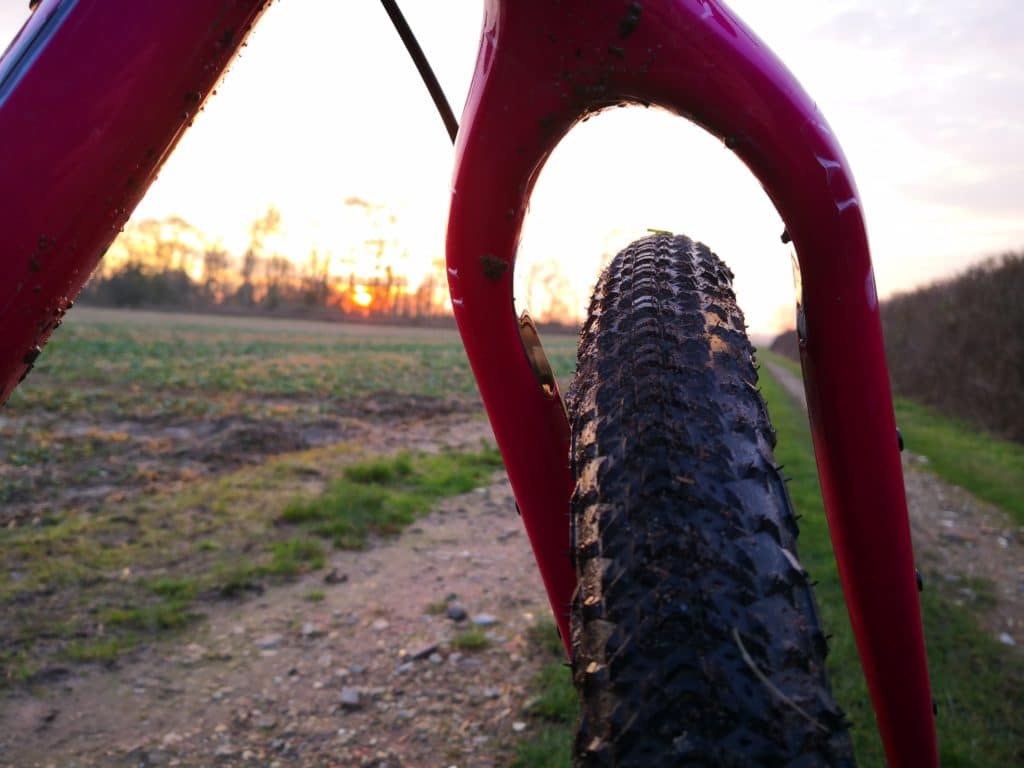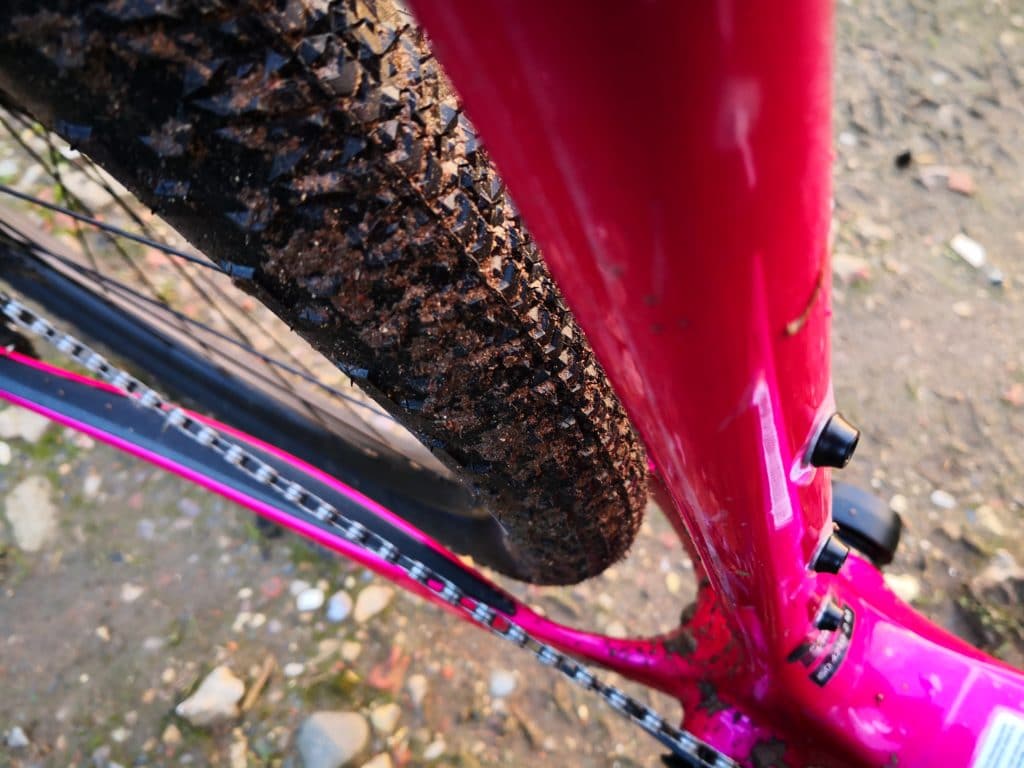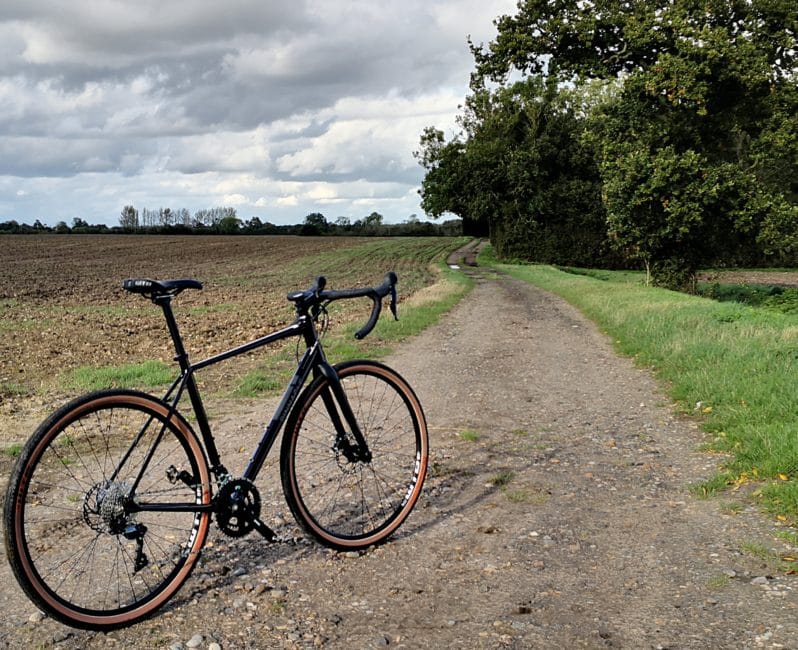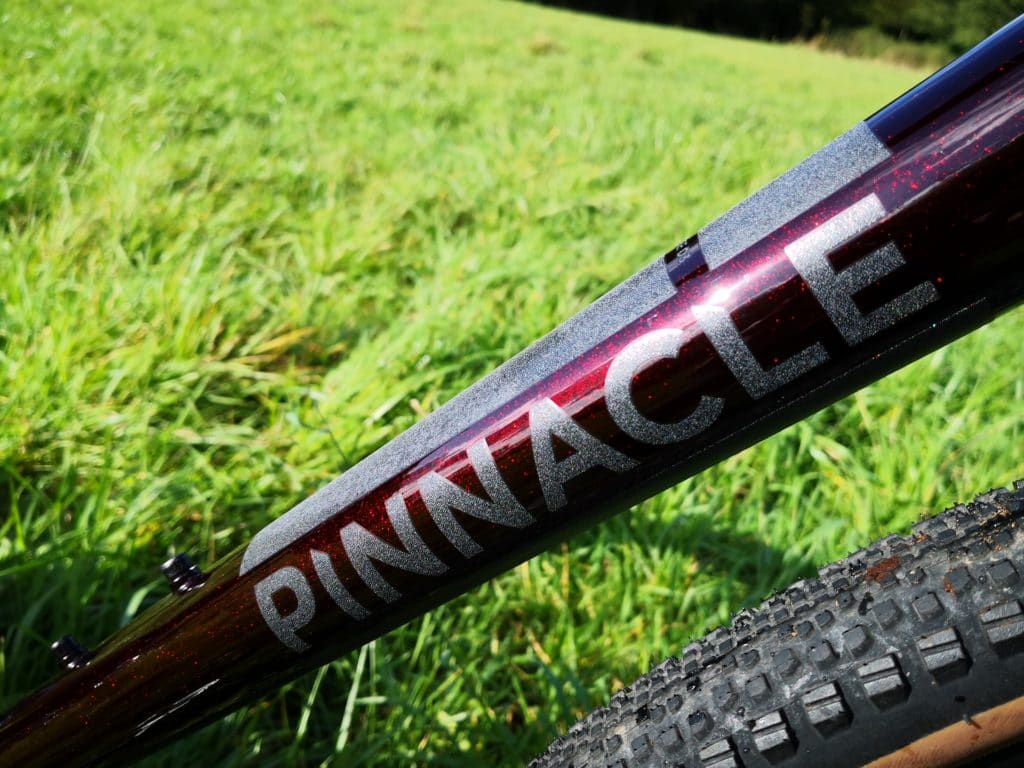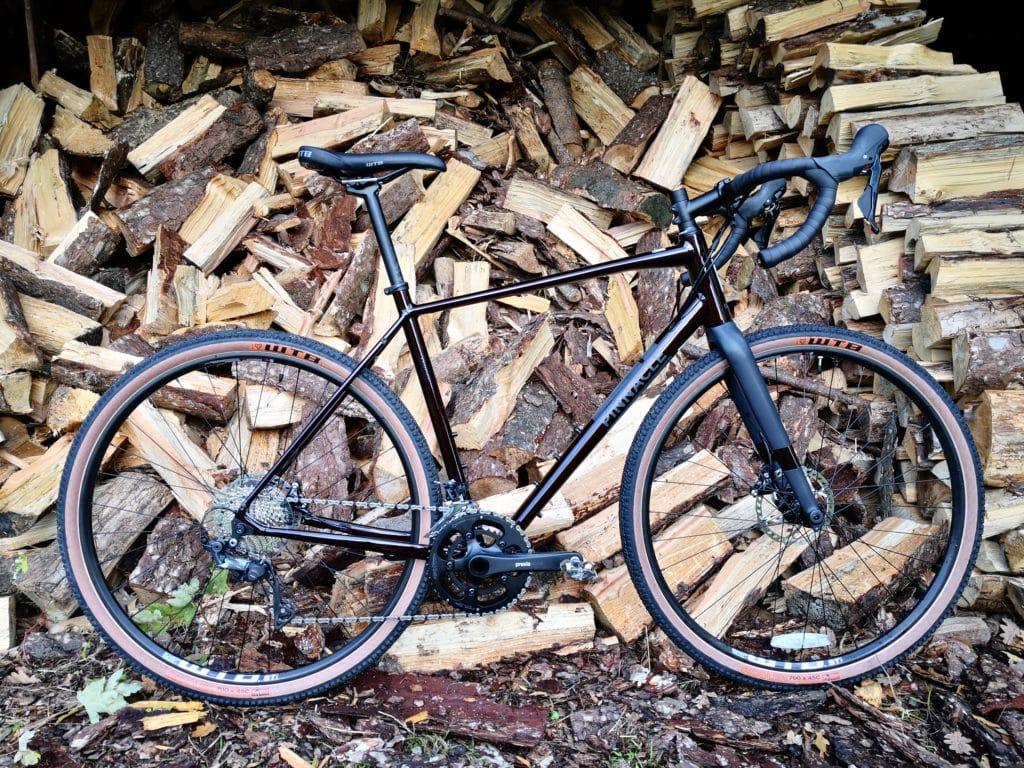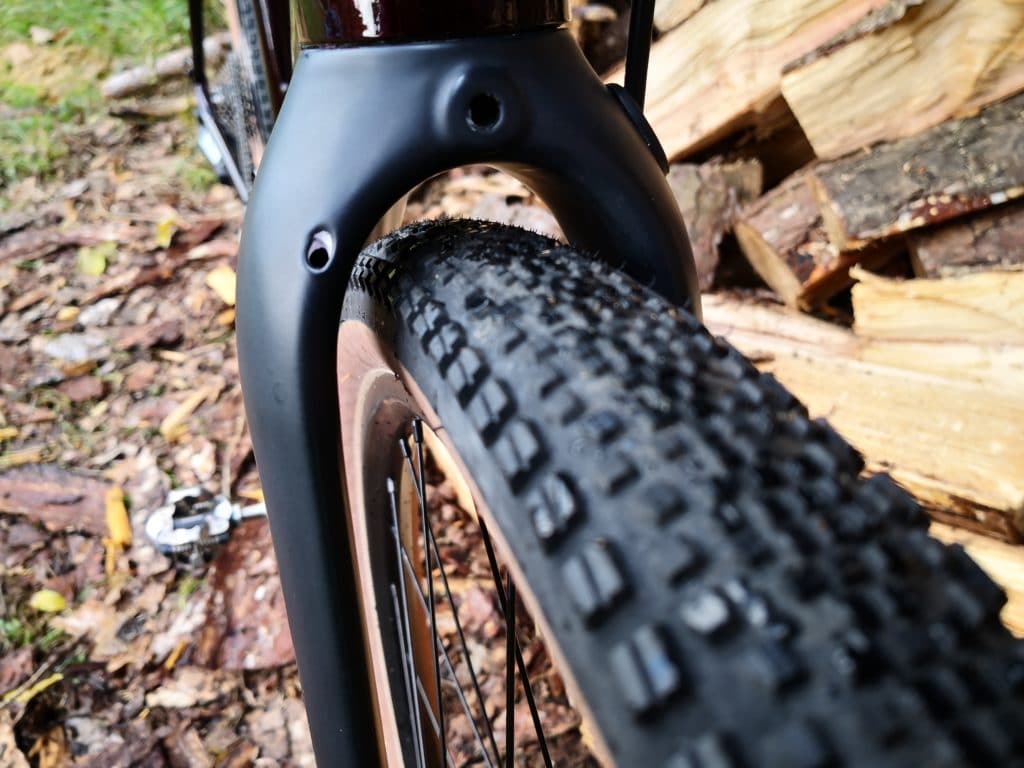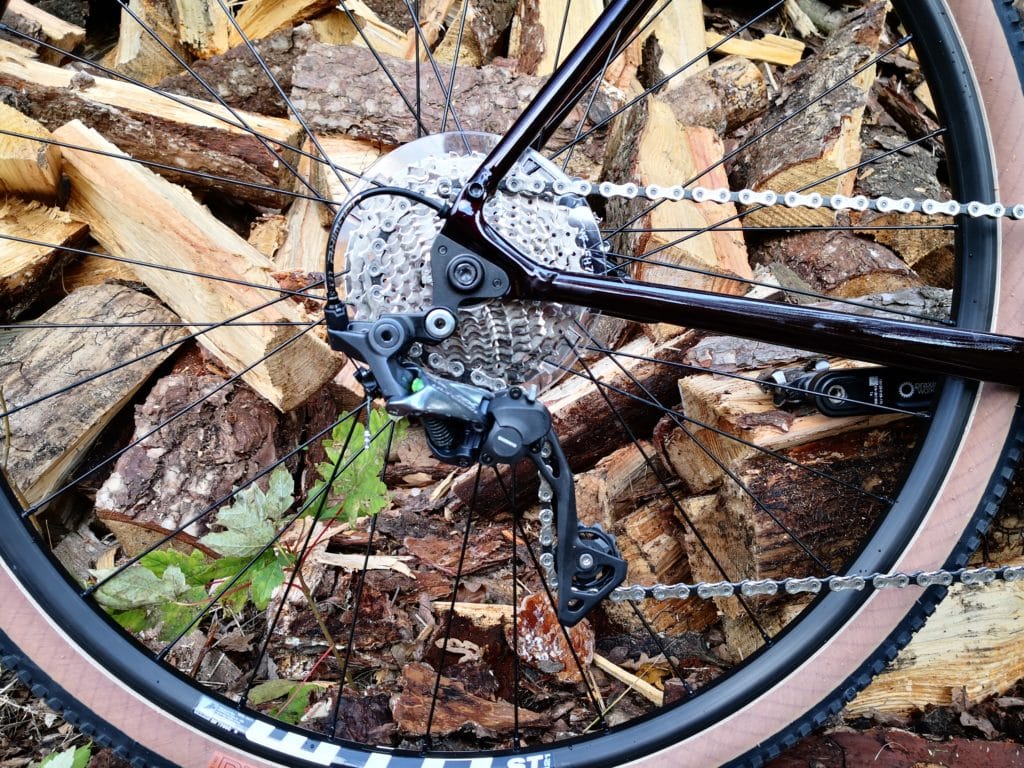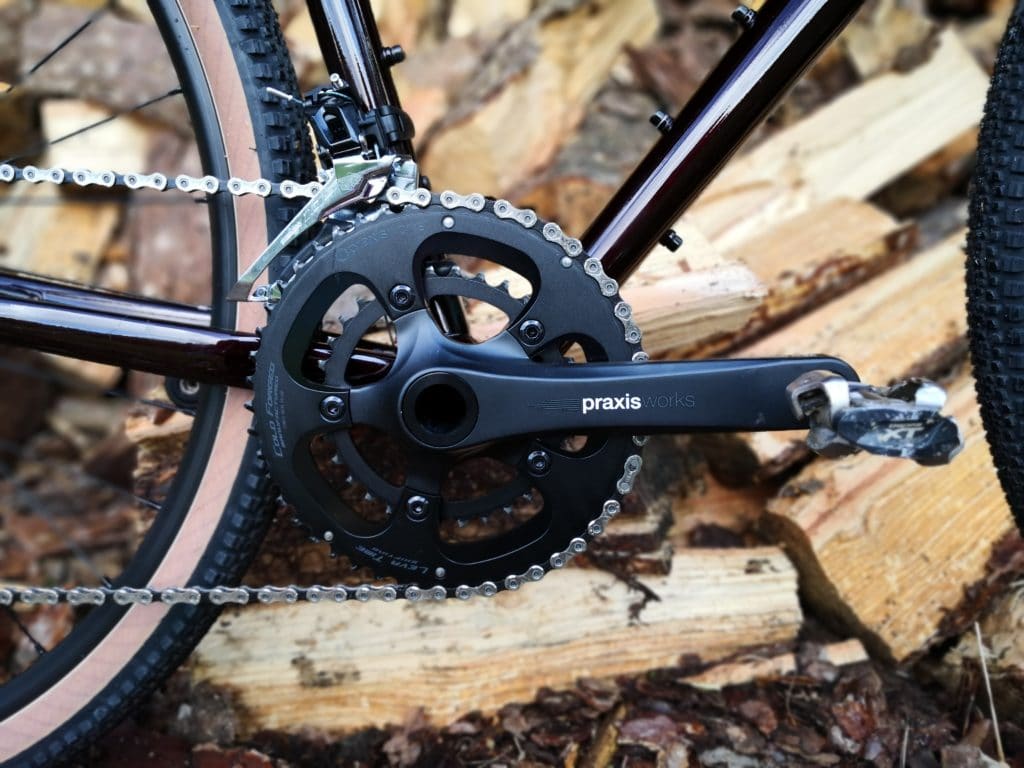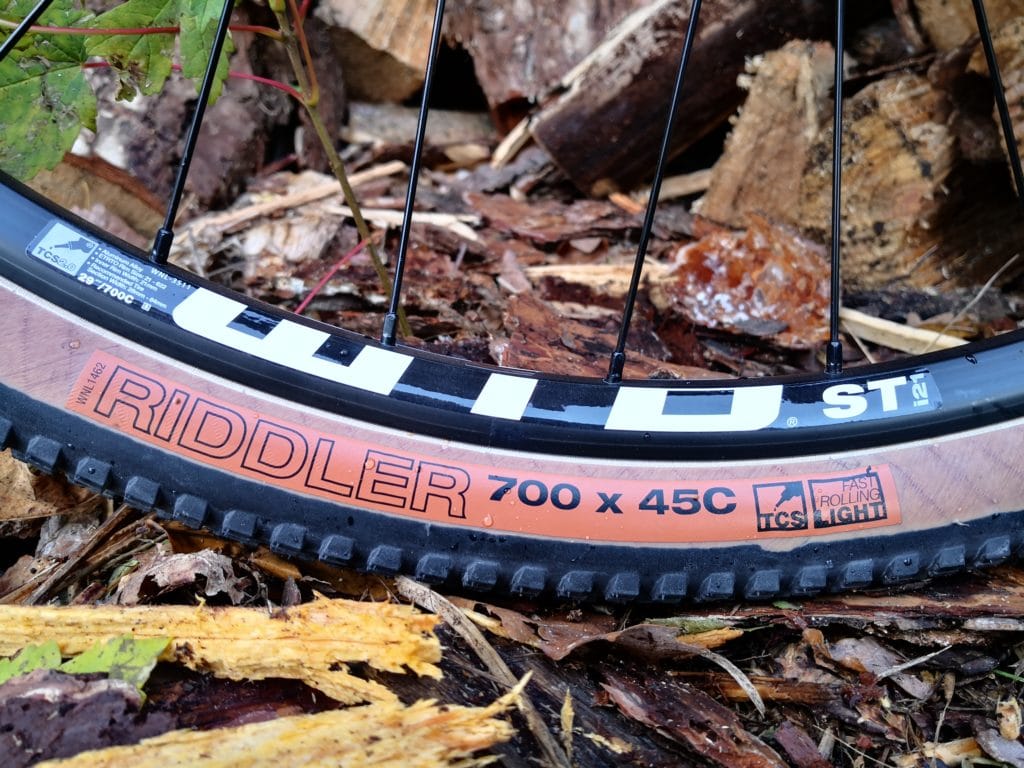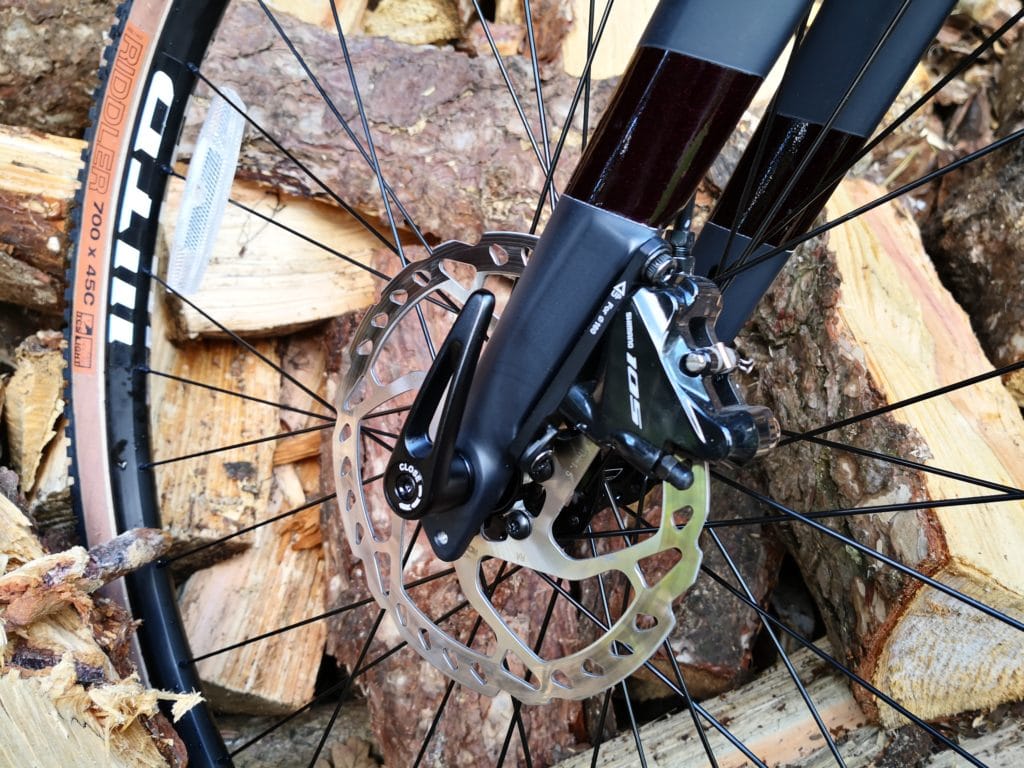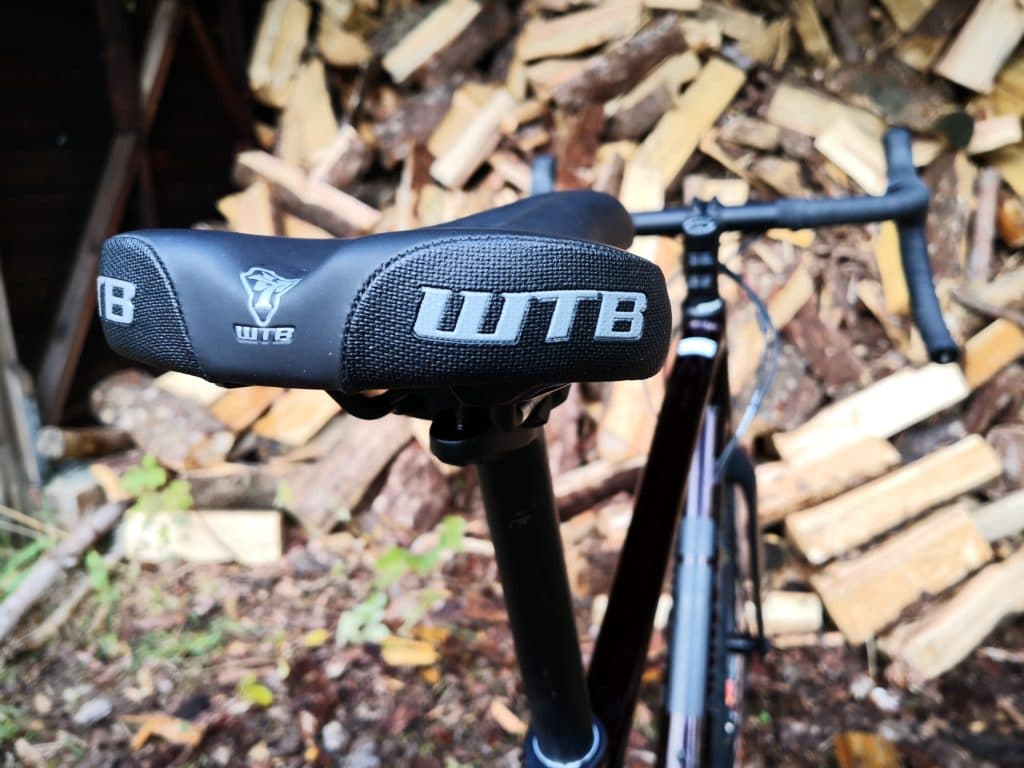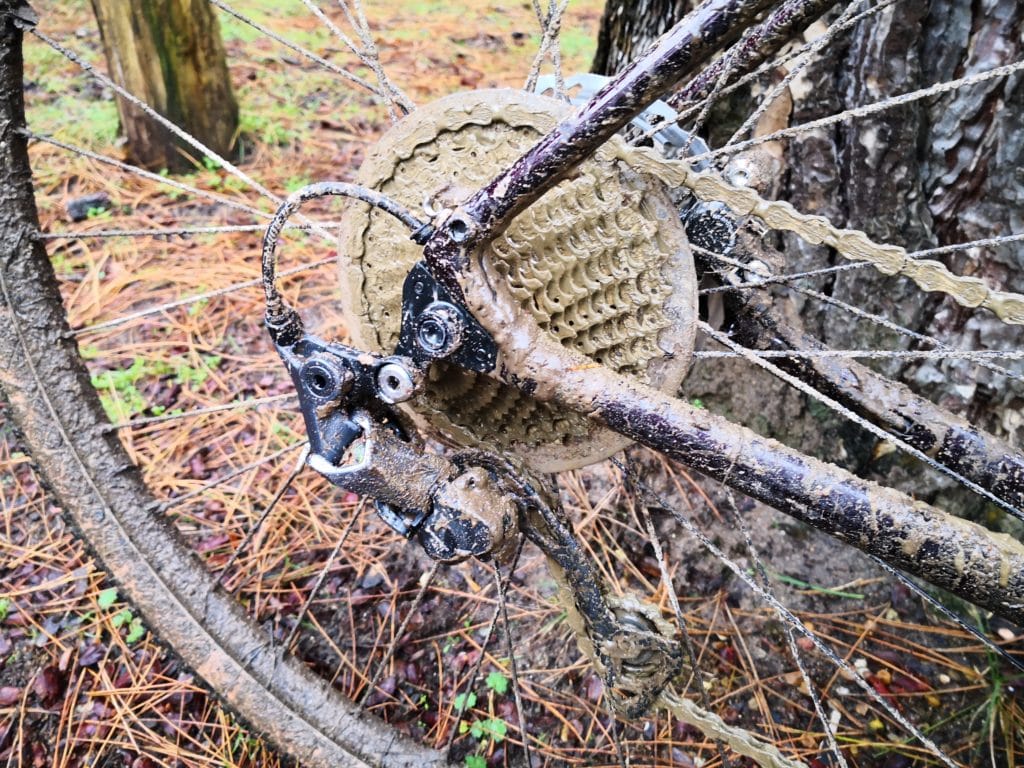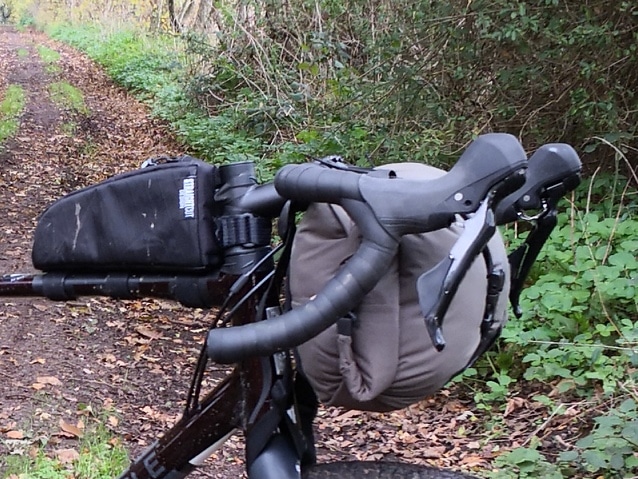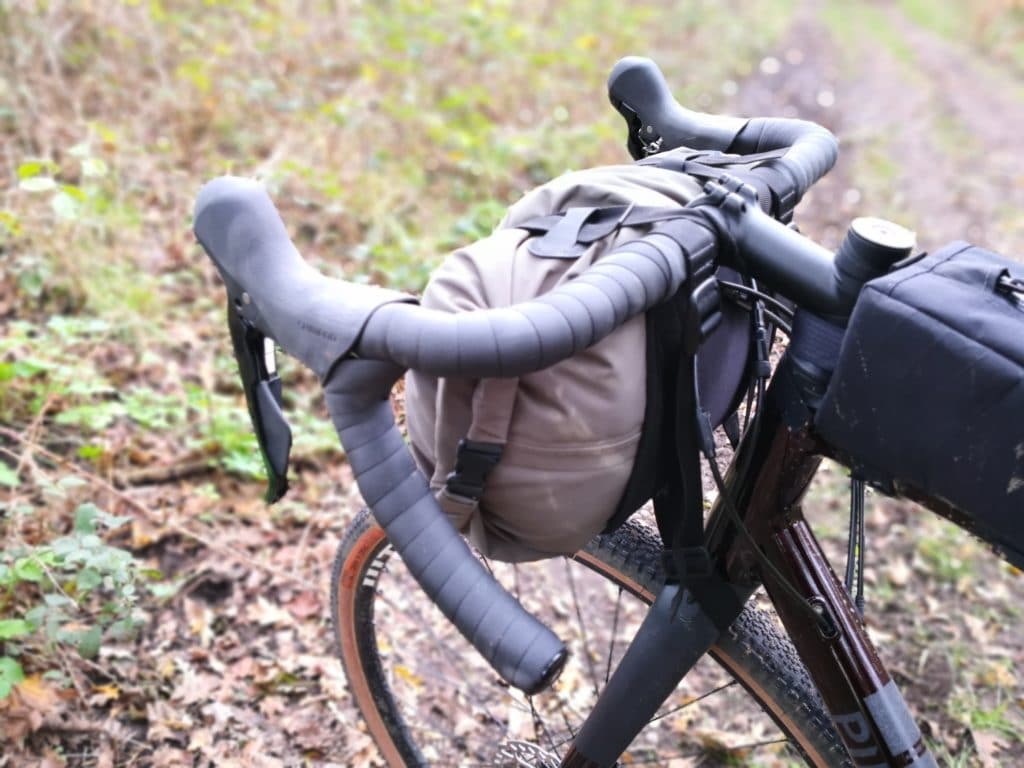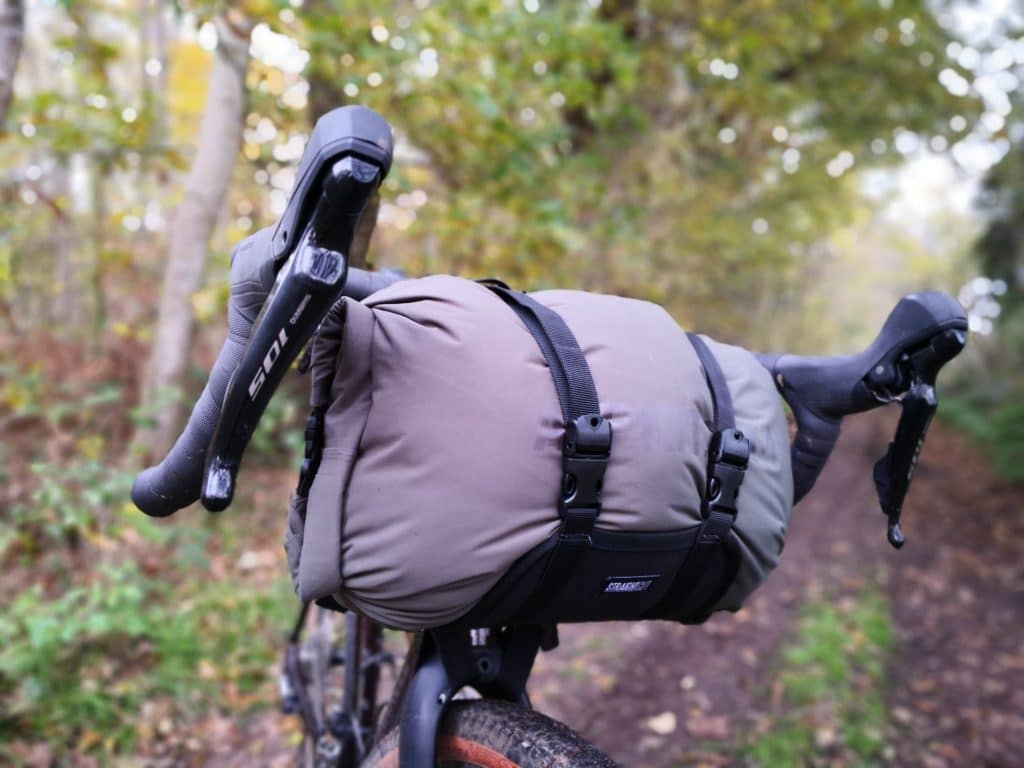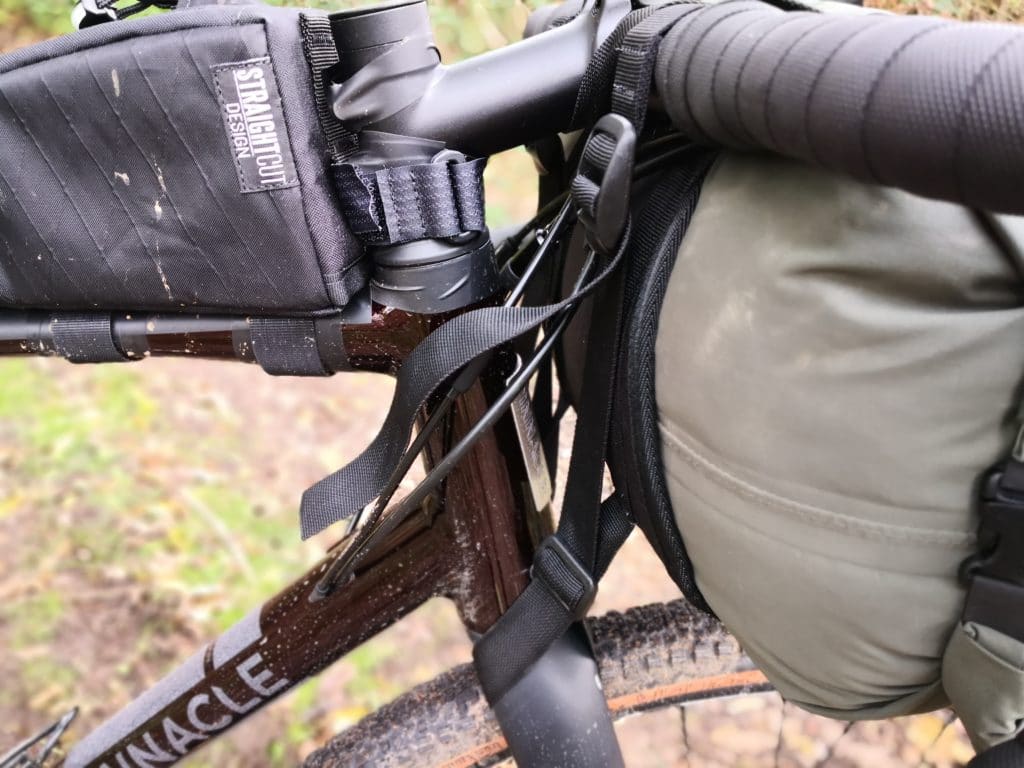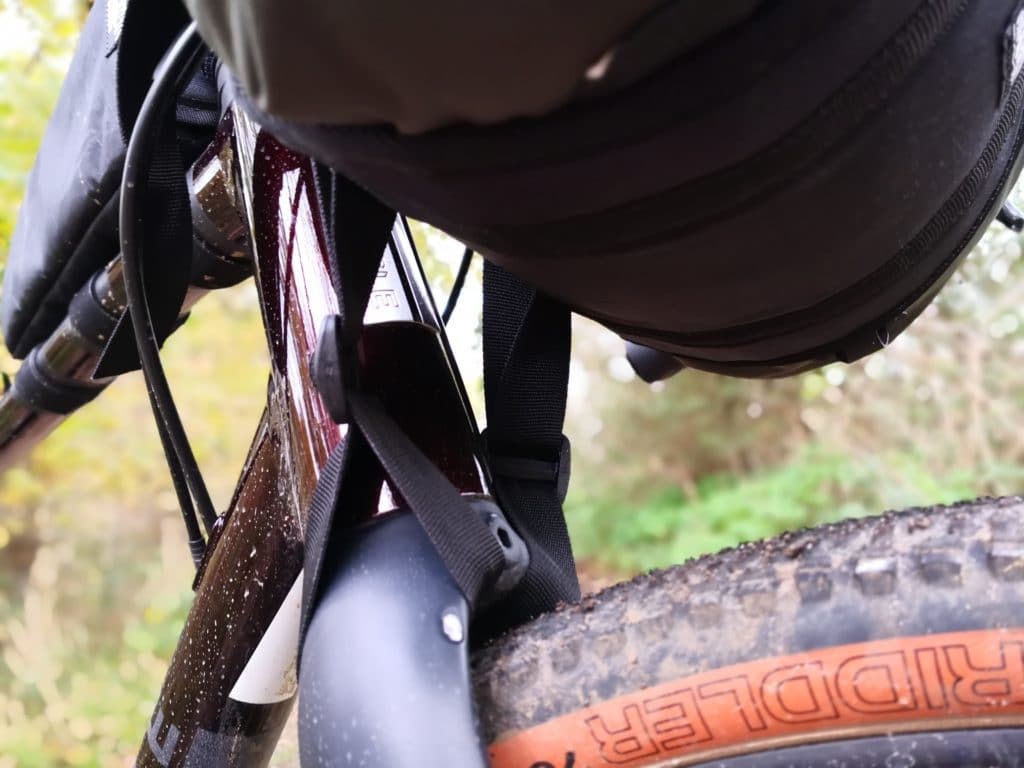As a self-confessed bikeoholic I’m excited by the arrival of any new bike. Whatever the frame material, build spec or price point it’s always good to try a new take on the adventure bike genre. Few bikes however come burdened with the weight of expectation like our latest arrival. This fine looking 2020 model Salsa Cutthroat Apex 1 resplendent in hot pink.
2015’s most exciting new bike “How the hell do I buy one?”
At its 2015 debut, the Salsa Cutthroat was dubbed the ultimate Tour Divide racing machine. A bold claim indeed. The all-carbon construction promised to blend speed with comfort, essential to riders hoping to maximise 18 hour days in the saddle. Getting hold of one was an endurance event in itself. At that time Salsa availability in the UK could best be described as erratic. Fast forward to the present day, and with Lyon Equipment now handling distribution, laying your hands on a Salsa has become immeasurably easier.
Day after day, always ready to be fired over the horizon
All aboard the Marrakesh Express!
In February I’ll be heading out to Marrakesh to compete in the PedalEd Atlas Mountain Race. With 1,145km of broken tarmac, rubble strewn trails, and everything in between, the Salsa Cutthroat will be in its element. The trail from Marrakesh to Sidi Rabat might not stretch as far as the Tour Divide but it’s every bit as arduous. We featured the 2020 Cutthroat release back in October but now we have our grubby paws on one, so let’s take another look.
Woodchippers make way for the Cowchipper!
For 2020 Salsa have chosen to kit out the Cutty with their Cowchipper bars instead of the usual Woodchippers. As the name suggests, the Cowchippers split the difference between the lightly flared Cowbell CX bars and heavily flared Woodchippers. Perhaps as a race bike, Salsa see the Cutthroat as less of a load-lugger than the Fargo, where the wide flare Woodchippers help manhandling a heavily laden bike through the rough stuff.
Are you sitting comfortably?
An immediate upgrade in the form of a WTB Silverado Titanium saddle
At the opposite end, our Cutthroat has received an instant upgrade. The standard 135mm WTB Volt Sport has been replaced with a 142mm Silverado Titanium. The Volt is a great saddle but I find the 142mm width a better fit. The Silverado Ti also features a flex-shell and DNA padding to increase comfort without bulk. In spite of being wider, the titanium rails help shave off nearly 100 grams compared to the Volt.
Pedals & Cranks
Clunk-Click every trip. Secure attachment with iSSi pedals
For the final contact point on the Cutty I’ve gone for pedals from Salsa’s QBP stablemate iSSi. While not a common sight in the UK they have a lot to recommend them. Despite a tough ED coated Cro-mo axle and serviceable triple sealed bearings, the iSSi pedals tip the scales at a mere 300 grams a pair. Sharing the standard Shimano SPD design means sourcing spare cleats won’t be an issue.
Race Face Ride cranks with Cinch Direct mount chainring
Get a shift on
The Salsa Cutthroat is designed around what Salsa call Roadboost. Luckily this isn’t a new standard per se, but a means to combine Road and MTB drivetrains using boost hub spacing. As the SRAM Apex 1 chainset is restricted to a minimum 40t chainring, Salsa have turned to Race Face and spec’d Ride cranks with Cinch Direct Mount rings. This means more choice in chainring sizes than Apex 1 or GRX chainsets in addition to a weight saving! I’d be lying if I said that I was thrilled with the BB92 PF bottom bracket, but I’ll reserve judgement until it has some miles under its belt.
The road mech that likes to get dirty!
As a 1x drivetrain, all shifting duties are down to the rear mech and cassette. For an entry level Road groupset Apex is remarkably well suited to off-road adventures. Featuring a clutch to tame bouncing chains, a handy cage lock to make wheel removal easier, and a wide-ratio 11-42 cassette there’s not much more you could ask for. Rumours abound that Apex will also handle an 11-46 cassette. The elevation profile for the Atlas Mountain Race suggests this might be worth investigating…
Rolling stock
Further Tour Divide cues with Teravail’s Sparwood tyres
Kudos to Salsa for their choice of tyres for the Cutthroat. Speccing parts from another QBP sub-brand isn’t the cop-out it might at first seem. Teravail label the Sparwood as an unashamed hardpack specialist. Resembling an oversized Cannonball gravel tyre, it’s designed to hook-up in the rough stuff without being a drag over smoother surfaces. The variant fitted is both tubeless-ready and features durable nylon-reinforced sidewalls. Paired with WTB’s Serra wheelset (with ST i23 TCS rims) tubeless set-up just required a wrap of tape, valves and glug of sealant. Not a single bubble emerged past the sidewall or rim, and I popped the beads with a regular track-pump!
Not ideal for the conditions but they are quick to clear!
While the Sparwoods clearly aren’t designed with a UK winter in mind, they are more sure footed than the tread pattern would suggest. As an added bonus as soon as you hit a firmer surface the mud is quickly shed.
Room to manoeuvre
Mud clearances on the Cutthroat are without a doubt generous, a product of using the boost spacing and VRS bridge-less rear triangle to maximise space. At the front, 100m suspension-corrected forks feature steel plates designed to prevent abrasion from mud. Even with 2.4″ tyres it seems hard to imagine the conditions that could lead to that being a problem!
Huge clearances around the front tyre
Boost spacing and 1x gearing used to good effect
Next steps
The front triangle on the Salsa Cutthroat is designed to maximise frame bag capacity so inevitably none of my current luggage fits. I’ll be investigating my options and considering Salsa’s own frame-bag against custom-made alternatives.
Stay tuned for the next instalment… Luggage!
